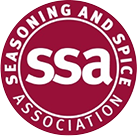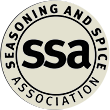A brief history of spices
Herbs & spices have played an essential part in the shaping of world history. They have been directly responsible for the opening up of major trade routes, advances in medical science and the development of international food tastes.
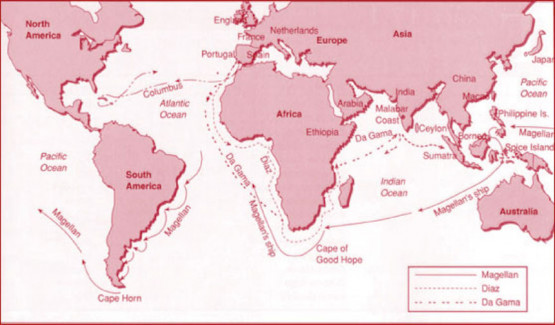
Discovery of Spices - Magellan, Diaz, Da Gama
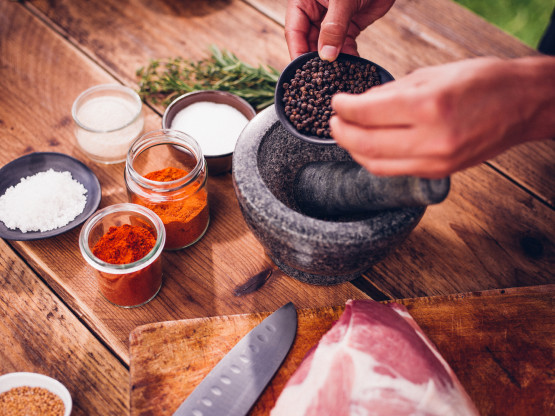
Grinding pepper with a mortar and pestle
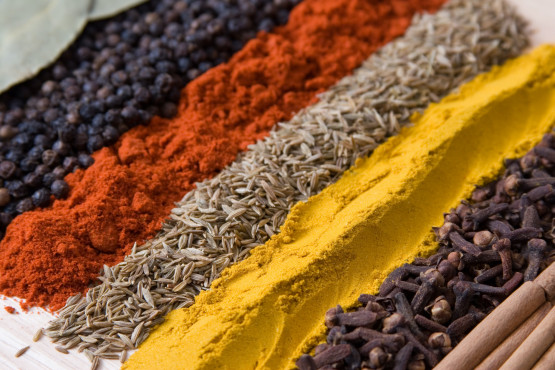
An array of herbs and spices
1550BC
The Ebers papyrus recorded the use of various herbs and spices in Egypt and extolled their medical benefits.
400BC
In ancient Greece, Hippocrates, the 'Father of Medicine' established a scientific system of medicine which illustrated the value of herbs in easing pain and curing disease. A profitable and lucrative herb and spice trade was developing between the Arab World and India.
1st Century AD
The Greek physician, Dioscorides, listed the medicinal properties of over 500 plants in his vast work, Materia Medic. The Romans used herbs and spices, brought from India by boat, for perfume, cosmetics, medicine and cooking. At about the same time the overland route from China, the 'Silk Road' came into being.
12th Century
During the Middle Ages, the flow of goods from East to West dwindled until new trade routes were opened up by the Crusaders when they returned from the Holy Land and the herb and spice trade flourished once more. The Italian cities of Venice and Genoa grew rich as they capitalised on this new trade.
1270
Marco Polo set out from Venice to find a new route to the Far East that would bypass the Arab traders who still controlled the trade and kept prices high. He returned 25 years later bringing with him new and exotic herbs and spices from China.
1492
Christopher Columbus set sail from Spain for his voyage west in search of a new route to the West Indies. He returned with allspice and chilli peppers from the West Indies.
1497
The Portuguese explorer, Vasco de Gama, set out to discover a sea route to the East. He reached the Malabar West Coast of India and returned to Portugal with a cargo of herbs, spices and jewels.
1519
Hernan Cortez, the Spanish Conquistador, conquered Mexico and during his reconnaissance of south eastern Mexico found Vanilla. This spice was used by the Aztecs as a flavouring to season their chocolate beverages.
1521
Magellan's fleet completed the first circumnavigation of the globe. One ship returned to Europe with a rich cargo from the Spice Islands (Moluccas). This age of exploration led to an increase in the number and variety of imported herbs and spices available in Europe.
1545
The first herbal or physic garden intended to provide plants for the purpose of medical studies was established at the University of Padua, Italy.
1602
The Dutch founded the Dutch East India Company to trade directly with the East for spices, this gave the Dutch a monopoly of the spice trade which lasted for nearly 200 years.
End of the 18th Century
The British had ousted the Dutch from India, and London became the centre of the world's spice trade. No European country had a monopoly on any spice and price started to fall.
The United States entered the spice trade when the American 'clipper' ships sailed to the East carrying tobacco and foodstuffs to trade for tea, coffee, textiles and spices. Fortunes were made by these merchants, one of which gave his money and name to Yale University.
Present Day
Today, herbs and spices continue to be sourced from around the world, and are used in a wide variety of applications.
